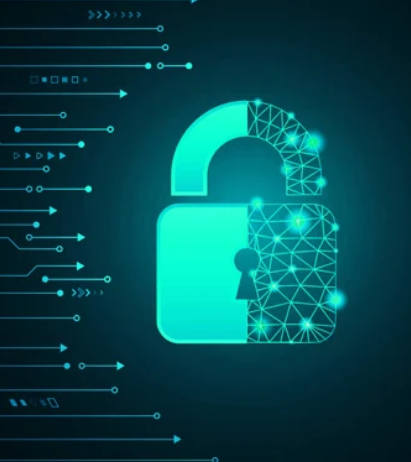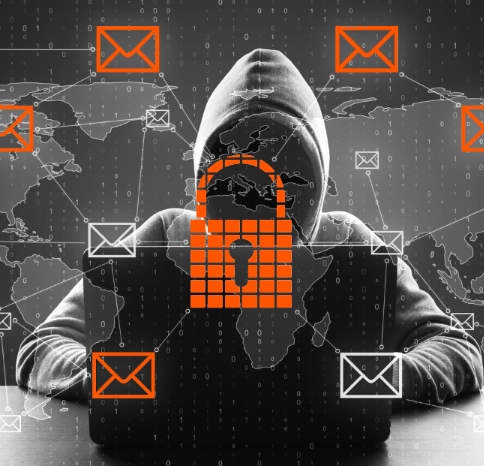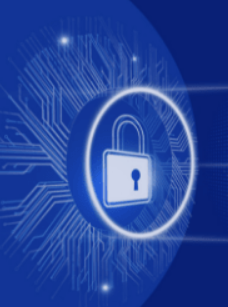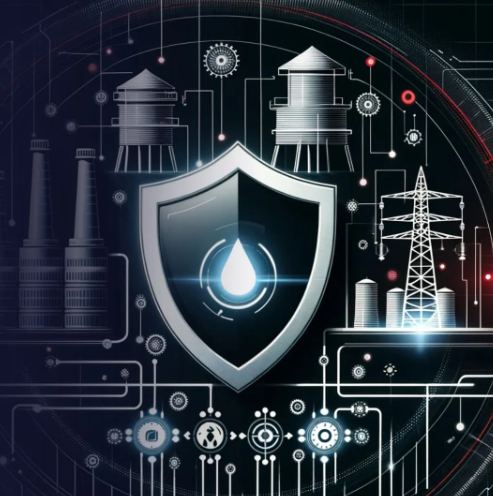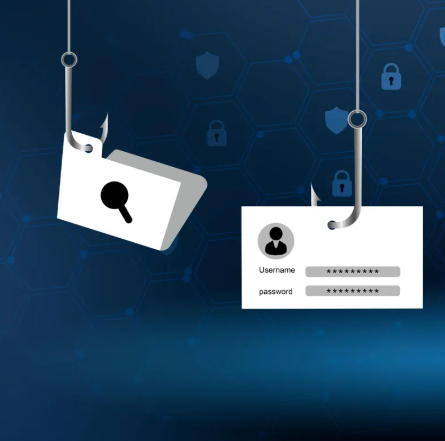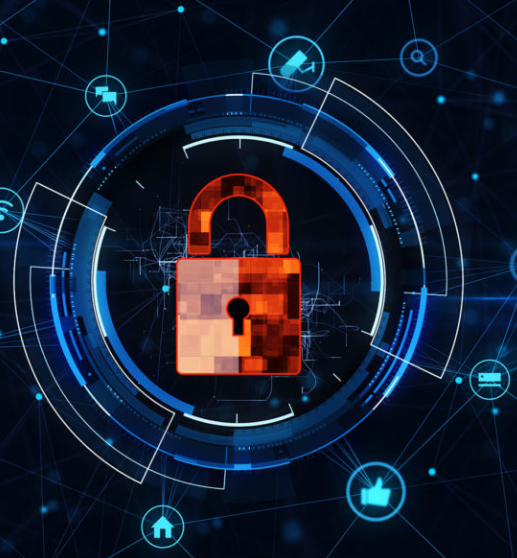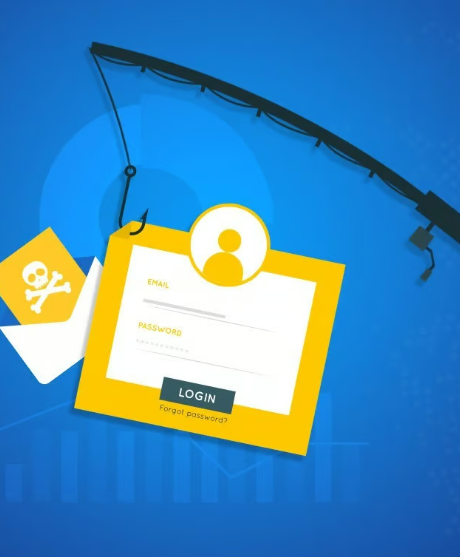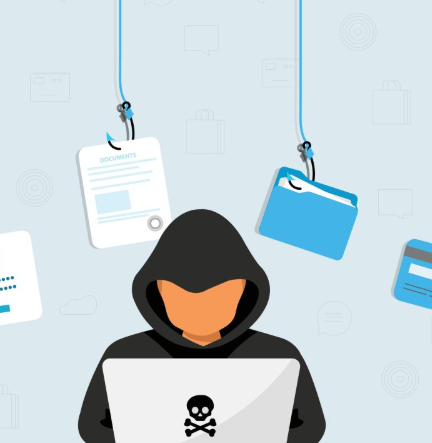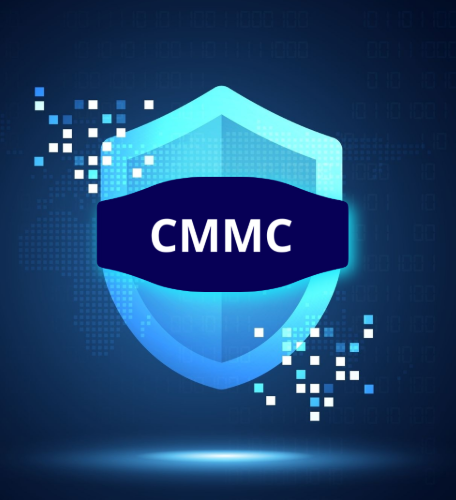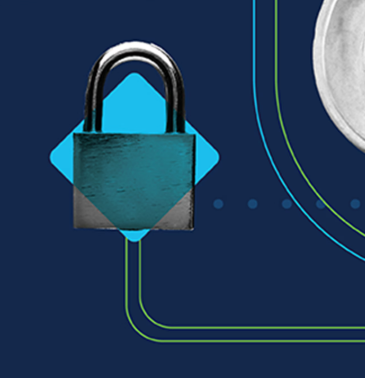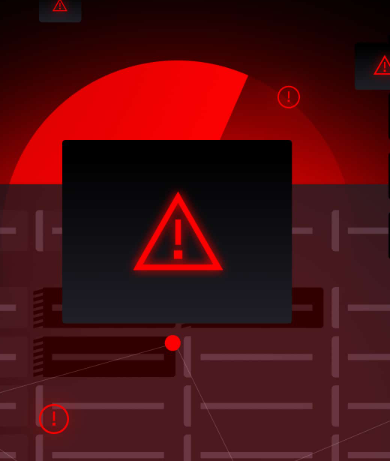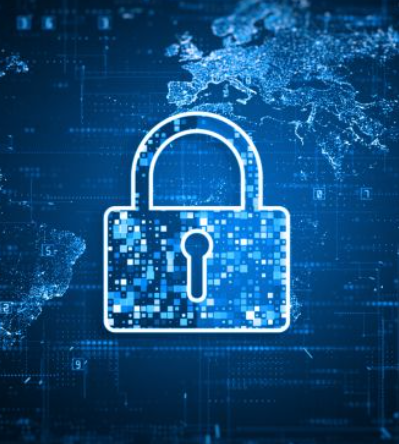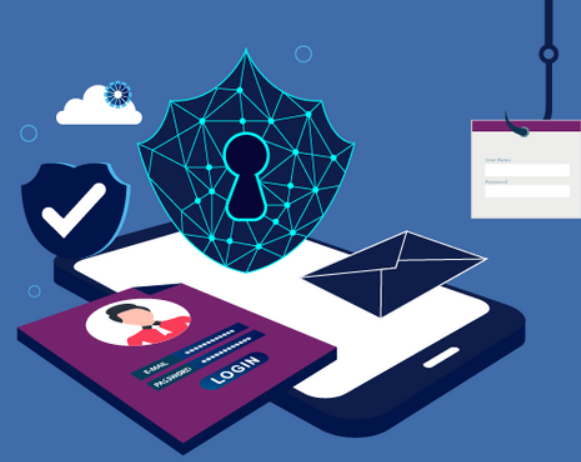
Phishing continues to be one of the most prevalent and costly threats in the cyber world today. From fake emails to sophisticated credential-stealing tactics, phishing relies on exploiting human error and vulnerabilities in outdated security systems. In an effort to cut costs, many organizations choose to handle phishing prevention internally, believing it’s a more affordable solution. However, the true costs of a do-it-yourself (DIY) approach often exceed the initial savings, and can even result in significant security breaches.
The Risks of Handling Phishing Prevention Internally
At first glance, managing phishing protection in-house might appear more efficient. With employee training, email filters, and basic monitoring, businesses often feel that they’ve addressed the issue. However, phishing tactics are constantly evolving, becoming more sophisticated with each attack. Keeping pace with these threats requires specialized knowledge, continuous investment, and dedicated time—resources that many internal teams simply don’t have. Without a comprehensive strategy and advanced tools, a DIY approach may end up offering only a false sense of security.
The True Cost of DIY Phishing Prevention
- Slow Detection and Response
In-house teams often lack the automation and analytics needed to identify phishing attempts in real time. This delay gives attackers a window to steal sensitive data, deploy malicious software, or breach systems undetected. - Inconsistent Training Programs
Employee education is essential for phishing prevention, but DIY solutions often fail to offer consistent or up-to-date training. Without regular refreshers and simulations, staff members are likely to remain susceptible to increasingly convincing phishing tactics. - Overburdened IT Departments
Monitoring phishing alerts, analyzing threats, and maintaining email filters all add to the already heavy workload of IT teams. This extra responsibility diverts attention from critical security tasks and can leave other areas of the organization vulnerable. - Failure to Detect Advanced Threats
DIY systems typically rely on basic spam filters and employee awareness, but more advanced threats like spear phishing and business email compromise require specialized, AI-driven detection tools. Traditional methods often fail to recognize the subtle signs of these sophisticated attacks. - Expensive Recovery and Legal Ramifications
When an attack is successful, businesses face hefty costs associated with recovery, legal action, regulatory fines, and reputational damage. These expenses can far exceed the cost of a professional phishing prevention service.
Why Professional Phishing Prevention is Worth the Investment
- AI-Powered Threat Detection
Managed services use advanced AI algorithms to scan email content, sender behavior, and URLs in real time. This technology can identify phishing attempts before employees even have a chance to interact with them. - 24/7 Monitoring and Response
Unlike DIY solutions, professional services offer around-the-clock monitoring, ensuring that threats are detected and neutralized even outside of regular business hours. - Ongoing Employee Education
With managed services, employees receive continuous training and simulated phishing exercises, keeping them aware of the latest tactics and reinforcing proper behavior over time. - Comprehensive Reporting and Forensics
Professional services provide detailed dashboards and logs, enabling businesses to investigate incidents swiftly and accurately. This makes it easier to comply with regulations and minimize downtime. - Predictable and Scalable Costs
With managed services, businesses can avoid unexpected costs following a breach. These services typically offer clear pricing models and flexible, scalable solutions that grow with your business.


